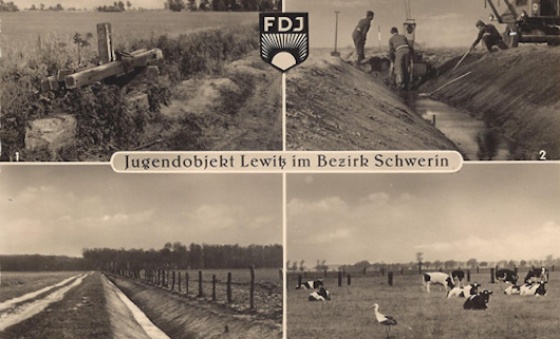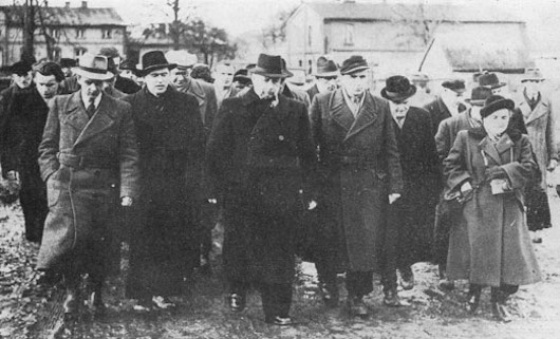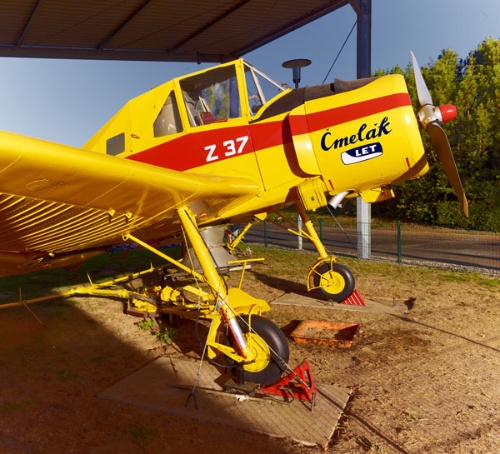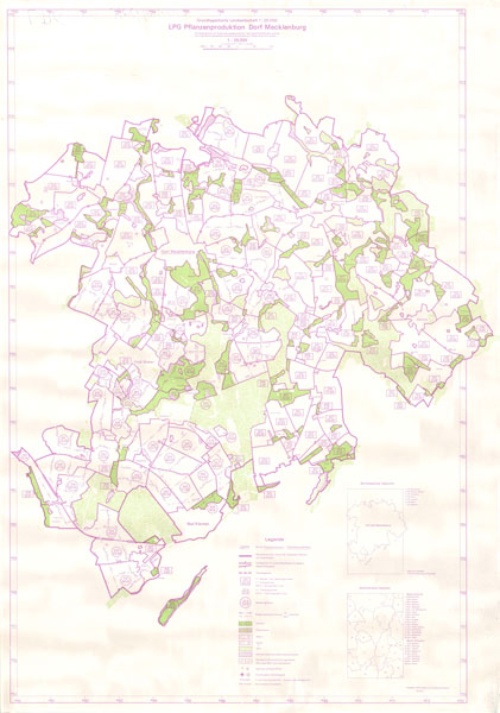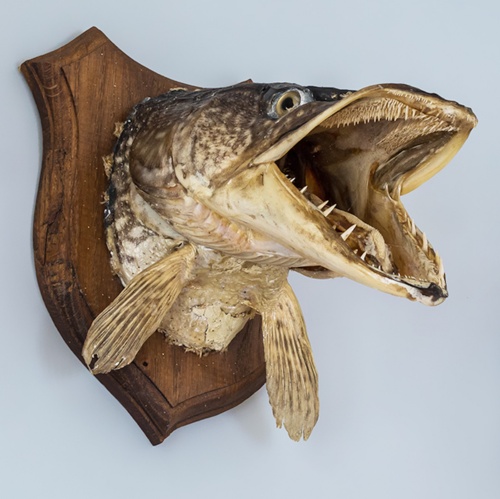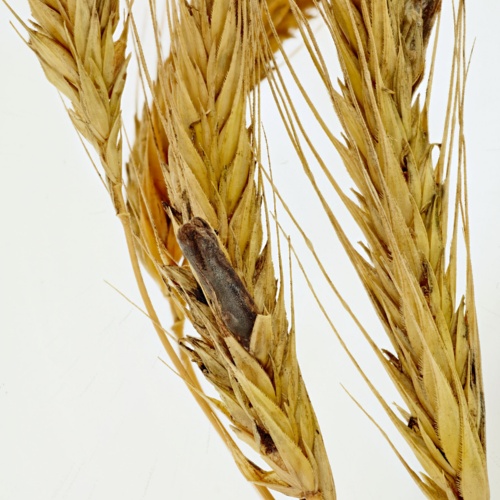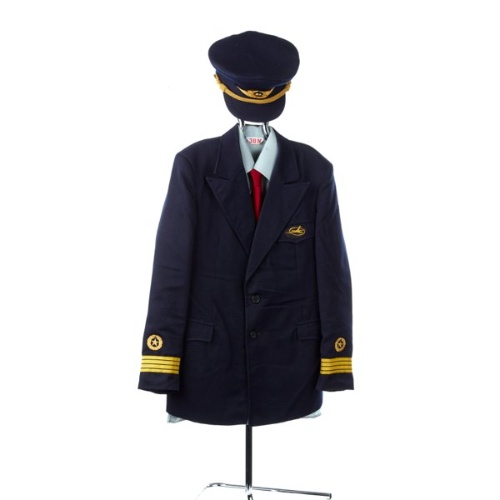In 1952 the SED promoted the producers’ cooperatives (LPG). Machine-tractor-stations (MTS) were created to support them. The following years showed political fluctuations and ended with forced collectivisation in 1960. From 1967, cooperative departments for plant production (KAP) aimed to bring about “industrial production” in agriculture. In 1971 the VIII. SED party conference ordered “industrial large-scale production” in state combines for industrial animal farming (KIM). The highest level of mergers were the Agricultural-Industrial Associations (AIV). The AIV Friedland in the district of Neubrandenburg was the largest in the GDR with 32,460 hectares.
The last GDR People’s Chamber enacted the Agricultural Amendment Law in 1990. It re-established private land ownership and ensured the equality of all types of business, including the cooperatives. The number of people employed in agriculture in Mecklenburg-Western Pomerania fell from 158,000 to 36,000 by 1992. There was a new group of “newly settled farmers” in the area of field crops and / or livestock breeding. 3,176 agricultural businesses were created in Mecklenburg- Western Pomerania in 1991. Over the following years the figure grew by more than one third with a reduction in the sizes of the businesses.
